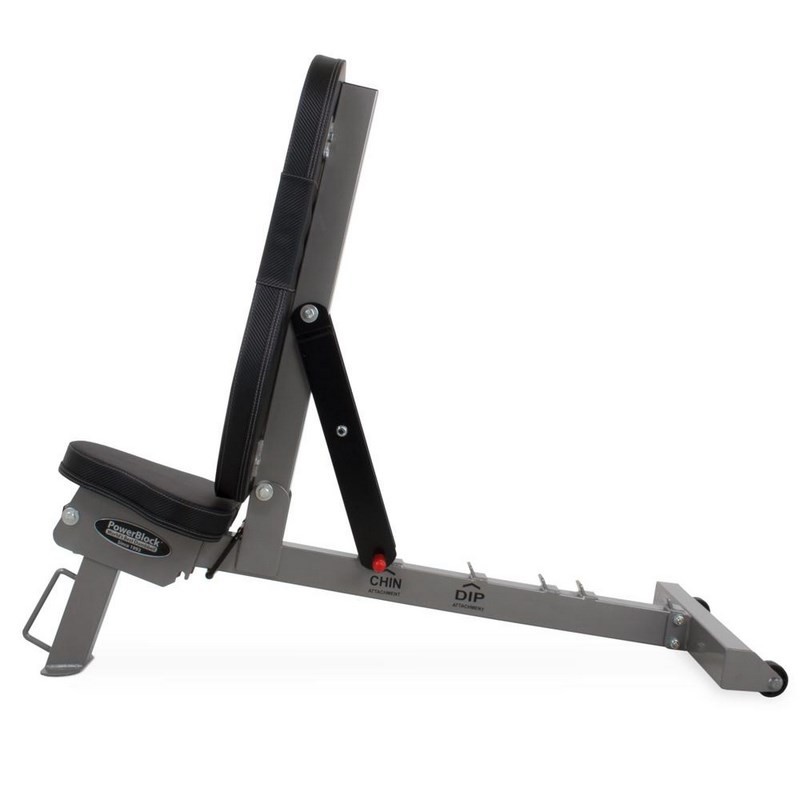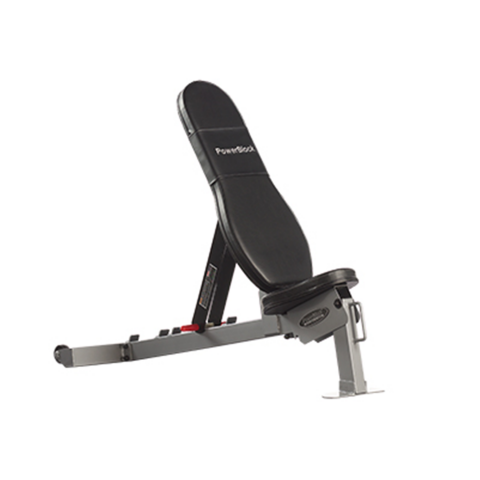

You can tell because the solid ones weigh 5 lbs each. The important thing is to get solid steel handles, not hollow. Any bigger than 10lb and the plate diameter is too large, such that you run out of working room as the plates start hitting your arm or body too easily. These dumbbells you assemble with 10lb and smaller plates, usually some combination of 10lb, 5lb, 2.5lb and maybe 1.25lb. The same plates are used on standard barbells. In this context, ‘standard’ is the word we use to refer to weight plates with 1″ holes, and the bars to fit them. Quick Overview of Each Standard Dumbbell Handles As long as they look pretty much like dumbbells, home users and trainers might give them a shot. There isn’t any elite level heavy duty models that they’re trying to imitate the look of. The main reason adjustable dumbbells are so experimental is they’re marketed towards home users, personal trainers, and small gyms, not health club gyms or competitive lifters. That’s why this guide is necessary: to weed out the bad ones and figure out what the best design really is, or at least be clear on the tradeoffs. They all include proprietary plates and designs that each manufacturer thinks is the most cost-effective way and user-friendly way to do it. With all the dumbbells here, there are no specs they’re trying to follow.

The adjustable dumbbells of the type I’m talking about in this article are a whole different story. They aren’t just barbells made smaller, except for one model.

Even the ones not certified look pretty much the same at first glance. There are strict IWF and IPF requirements for barbells certified for competitions. You really can only appreciate the features once you’ve been lifting for a while and had a chance to compare different models of barbells. Barbells were designed a hundred years ago and have been fune-tuned over the decades to perform better, feel better, and last longer. The closest type of product we can compare adjustable dumbbells to is an olympic barbell. Generally with freeweights we’re talking about pretty simple cast-iron weights. They’re counting on you using it for a few weeks, then tapering off, and eventually folding it up into the corner and vowing that someday you’ll get back it.įreeweight equipment tends to be really good in comparison. It’s light weight, shakes as you move, and starts falling apart if used daily. Home-grade cardio equipment, for example, literally is not engineered to be used seriously. I don’t like to point you towards low priced junk.įitness equipment might start to wear out or break quickly. Imitations are of lesser quality and are only competing on price, taking advantage of the big players’ marketing and then undercutting them. Several imitations have come on the scene. They are the PowerBlock, Ironmaster Quick-Lock, and Bowflex SelectTech.
#POWERBLOCK BENCH PRO#
More PowerBlock variations can be found here.Įach PowerBlock Pro 50 features urethane-coated steel weight plates and color-coded side rails that correspond to a clear weight reference chart on the handle.

Please Note: The Pro 50 is not an expandable unit. This innovation can save gyms dramatically on both purchase costs and storage space.
#POWERBLOCK BENCH FREE#
One set of PowerBlock Pro 50 Dumbbells can replace 20 pairs of traditional DBs (the equivalent of 1049 LBS of free weights), as users can adjust the weight in 2.5 LB increments all the way up to 50 LBS on each hand.


 0 kommentar(er)
0 kommentar(er)
